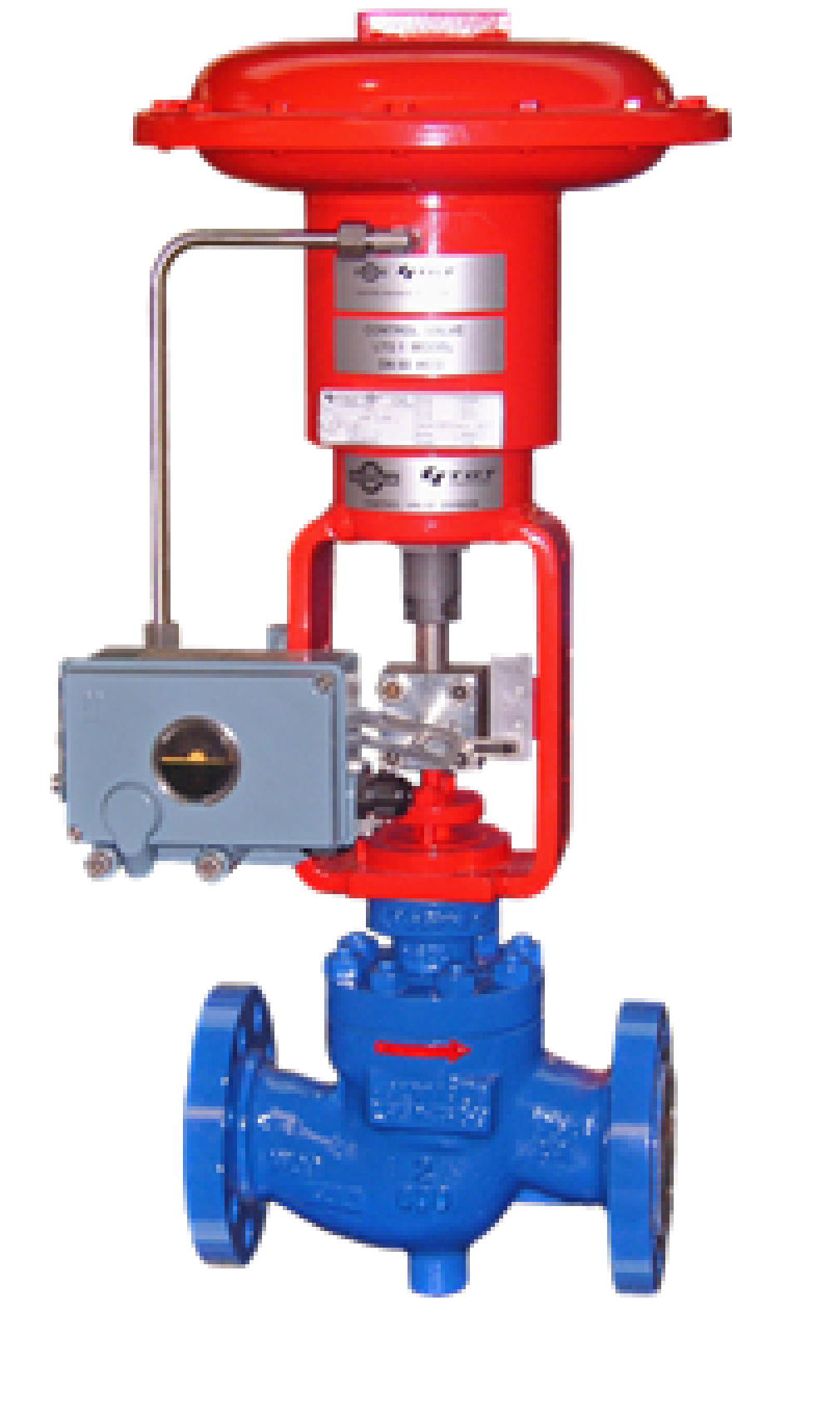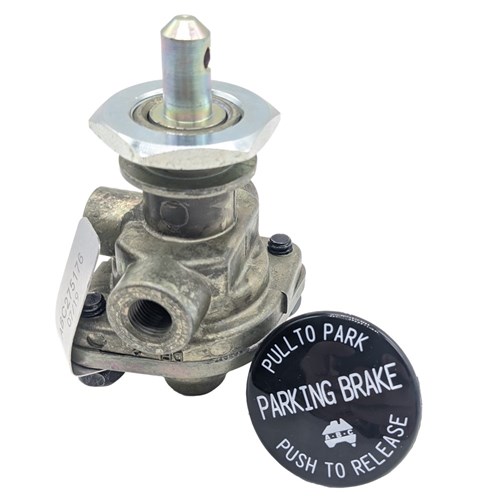Maximizing System Control with High-Performance Control Valves
Maximizing System Control with High-Performance Control Valves
Blog Article
Achieve Seamless Assimilation and Control With High Quality Building Automation Controls
In the realm of contemporary building monitoring, the significance of quality structure automation controls can not be overemphasized. As modern technology proceeds to breakthrough, the combination and control of various systems within a building have actually progressed to be more sophisticated and reliable. The smooth procedure and monitoring of illumination, HEATING AND COOLING, safety and security, and various other structure features have come to be paramount for boosting occupant convenience, power performance, and general functional effectiveness. The trip towards attaining real integration and control is a diverse one, with considerations varying from system compatibility to cybersecurity. Embracing quality building automation controls is not just a matter of convenience but a strategic vital for companies aiming to enhance their facilities' efficiency and sustainability.

Development of Structure Automation Controls
Throughout the past few years, the advancement of developing automation controls has actually considerably changed the method structures are taken care of and run. Initially, building automation systems largely concentrated on fundamental functions such as regulating air, home heating, and air flow conditioning (A/C) systems. As innovation progressed, these controls have become extra advanced, permitting for a wider range of structure systems to be incorporated and taken care of centrally.
The development of constructing automation controls has actually seen a shift in the direction of more intelligent systems that can adapt to changing problems in real-time. This versatility is crucial for enhancing power efficiency and guaranteeing occupant comfort. Furthermore, contemporary structure automation controls now supply features such as anticipating maintenance, remote monitoring, and data analytics, making it possible for center supervisors to make data-driven decisions to improve structure performance.

Advantages of Top Quality Assimilation
The development in building automation manages in the direction of even more intelligent systems has underscored the significant advantages of quality integration in optimizing structure operations and improving general effectiveness. Quality assimilation of building automation controls provides several essential advantages. Firstly, it results in boosted power performance by enabling different systems to collaborate seamlessly, ensuring ideal performance and decreasing power wastage. Secondly, quality assimilation boosts passenger comfort and productivity by enabling personalized control over ecological setups like air, lighting, and temperature level top quality. This modification can lead to a much more comfy and favorable working or living environment. In addition, quality assimilation simplifies maintenance and fixing processes, as all systems are adjoined and can be checked and regulated from a central interface. This centralized control likewise offers much better presence and understandings right into building performance, enabling aggressive maintenance and optimization techniques. In general, the benefits of top quality integration in building automation controls are obvious, using raised performance, convenience, and functional effectiveness.
Improved Individual Experience and Accessibility
Enhancing customer interaction with structure automation manages via user-friendly design and improved access boosts the overall experience for passengers and center managers alike. By concentrating on individual experience, constructing automation systems can become more straightforward and effective. Intuitive user interfaces, clear navigation, and adjustable setups empower individuals to communicate with the controls conveniently and efficiently.
Access features play an essential function in ensuring that blog all individuals, including those with disabilities, can use the structure automation manages with convenience. Incorporating features such as voice commands, responsive buttons, and color-contrasted displays can improve access and make the controls much more inclusive.
Additionally, boosted individual experience causes higher individual contentment, increased efficiency, and better decision-making. Passengers can readjust ecological setups according to their choices, while center supervisors can successfully handle and keep track of building systems - control valves. Overall, prioritizing individual experience and availability in building automation manages adds to an extra effective and smooth structure atmosphere for all stakeholders involved
Sustainable Practices Via Automation

Additionally, automation can help with the combination of renewable resource sources such as solar panels or wind turbines right into building operations. By immediately adjusting power usage based upon the availability of renewable resource, structures can even more lower their dependence on non-renewable resources. This seamless assimilation of lasting practices not just benefits the setting but likewise improves the total operational effectiveness and cost-effectiveness of the building. Through automation, structures can straighten with modern-day sustainability objectives and add to a greener future.
Future Trends in Building Control Solution
In anticipation of advancing and advancing technologies sustainability practices, the trajectory of structure control systems is poised to accept cutting-edge remedies and transformative techniques. One noticeable pattern shaping the future of building control systems is the visite site boosted integration of Expert system (AI) and equipment discovering. These technologies allow buildings to adjust in real-time to changing problems, optimizing energy consumption and boosting comfort for residents. In addition, the Net of Things (IoT) is revolutionizing building control systems by attaching gadgets and sensing units to boost and enhance operations effectiveness.
Another essential trend is the emphasis on cybersecurity measures to safeguard against potential threats to constructing automation systems. As structures end up being a lot more interconnected, guaranteeing durable cybersecurity protocols will certainly be necessary to secure delicate data and avoid unauthorized gain access to.
Additionally, the shift towards cloud-based platforms is acquiring momentum, allowing for streamlined control and remote accessibility to structure systems. This assists in much easier surveillance, maintenance, and updates, boosting the general performance and adaptability of structure control systems. important link As innovation remains to advance, these patterns are anticipated to shape the future landscape of structure automation controls, driving advancement and sustainability in the built atmosphere.
Conclusion
To conclude, developing automation controls have actually evolved dramatically, supplying many advantages such as improved customer experience, access, and sustainable methods. Quality combination plays a key function in achieving seamless control and reliable operation of structure systems. Future patterns in structure control systems are likely to concentrate on further improving automation capacities for enhanced power effectiveness and total efficiency. It is vital for building owners and operators to prioritize the fostering of quality building automation regulates to optimize structure procedures and achieve lasting sustainability goals.
In the world of modern-day structure monitoring, the value of top quality structure automation controls can not be overstated. On the whole, the development of structure automation manages proceeds to drive advancement in the building management industry, offering brand-new possibilities for creating smarter and much more sustainable buildings.
The innovation in structure automation manages towards even more smart systems has actually emphasized the significant benefits of quality integration in maximizing building operations and enhancing overall performance. In general, prioritizing user experience and ease of access in structure automation regulates adds to a much more seamless and effective building environment for all stakeholders included.
It is essential for structure proprietors and operators to prioritize the adoption of quality structure automation manages to optimize building procedures and accomplish long-term sustainability goals. - control valves
Report this page